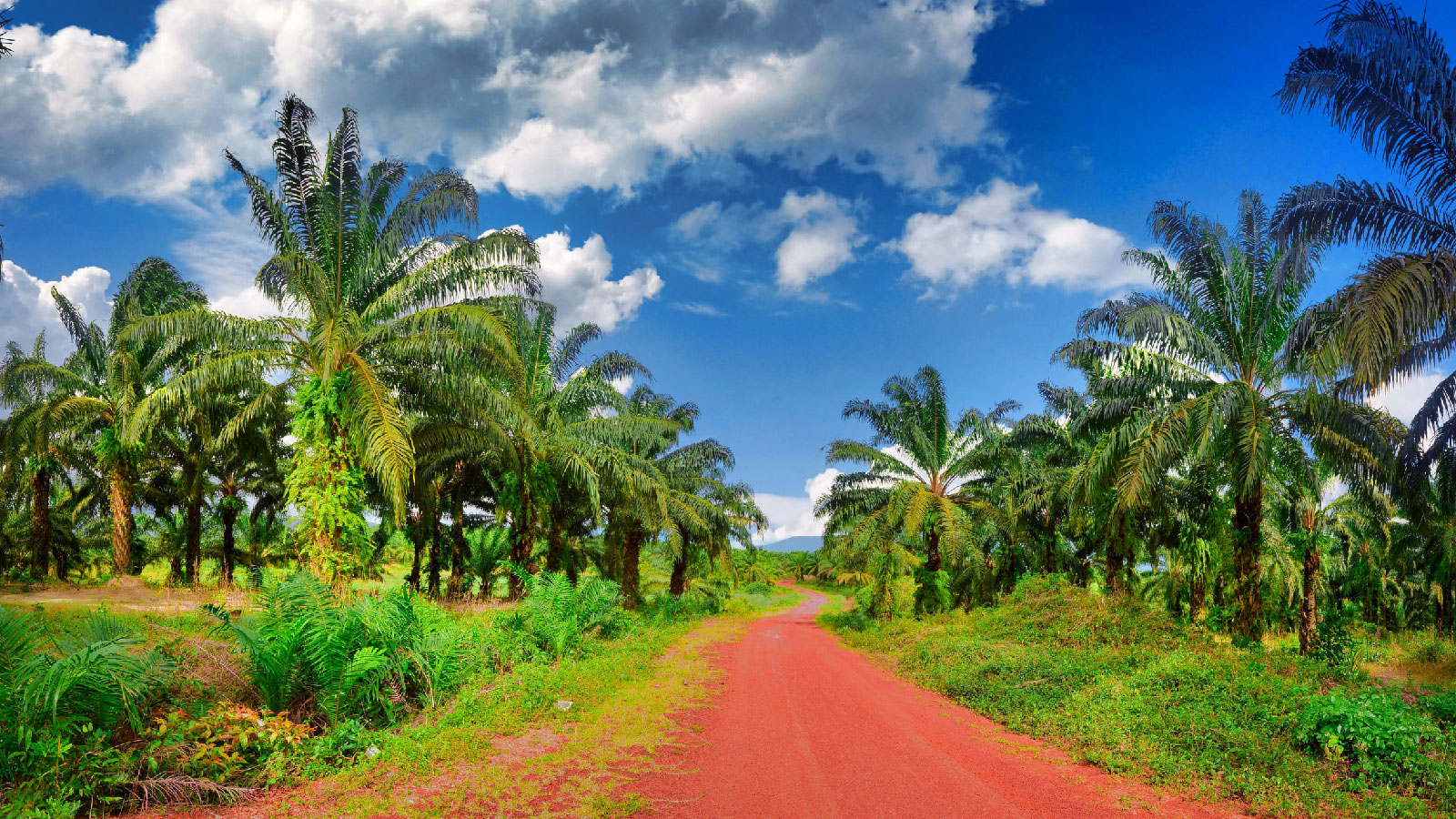Since its launch in October 2007, Dalian Commodity Exchange (DCE) RBD Palm Olein futures contracts have evolved into the most traded palm oil futures product worldwide. In 2020, it ranked as one of the top 10 future contracts in the Chinese futures market.
Indeed, palm oil is one of the most valuable commodities globally that fuels the production of everything from food products and detergents to cosmetics and even biofuel.
Because of its versatility, it can be refined further into palm olein which is used mainly as cooking oil.
The palm oil market is a huge and growing one, with the global palm oil market reaching over 76 million metric tonnes in 2020.
While many countries rely on palm oil for their domestic use and production of goods, China’s demand for palm oil has consistently been growing and the country has been relying heavily on imports.
In fact, it is one of the world’s biggest importers of palm oil and palm olein today with a share of 13% in 2019 alone.
Traditionally, most trading of palm oil is limited to futures trading in exchanges including the CME, but now it is possible to trade palm olein futures as well.
Producers, consumers and traders now have more options to hedge their positions and make directional trades in the palm oil and palm olein market as well.
In this article, we will take you through everything you need to know about trading the palm oil and palm olein markets as well as the key factors and global trends to take note of.
5 Things To Know About Palm Olein Futures
1. Palm Oil Production Is Dominated By South-East Asian Countries
While palm oil is cultivated across 43 countries, from Asia to America, the majority of its production is concentrated in Indonesia, Malaysia and Thailand.
In fact, Indonesia alone accounts for over 42 million metric tonnes of palm oil production, or over 58% of the global production supply in 2019.
This means that any geopolitical issues or environmental crisis that hits the Southeast Asian region can adversely or positively impact global palm oil prices.
For example, palm oil plantation worker strikes in Indonesia could see a supply crunch and possibly send the price of palm oil soaring.

2. China Is Looking To Domestically Grow Their Own Palm Oil
Palm oil is an essential import to China and over 7 million tonnes are imported annually to the country equally over US$4 billion in value.
However, because the production is mainly controlled by producers in countries like Indonesia and Malaysia, China is looking to set up their own oil palm plantations.
While there have been difficulties growing it in the local climate, China is looking to establish palm oil plantations overseas including the Republic of Congo and Vanuatu.
Traders should keep an eye on these developments as they could shift the balance of supply and demand for the commodity.
3. Palm Oil Demand Is Growing In China, EU & India
When it comes to palm oil demand, China ranks as the world’s second-largest importer and imports hit nearly 6 million tonnes in 2019.
It is key to note that the EU's dependence on palm oil is growing with over 46% of EU palm imports are used for biodiesel.
However, there is a push towards renewable energy in Europe and that could affect palm oil demand from countries like Malaysia, Indonesia and Thailand that supply close to three-quarters of the EU demand.
India on the other hand, has their imports up by 15% despite the pandemic, making it a key country for traders to monitor.

4. Palm Oil Is Agriculturally Grown & Subject To Weather & Farming Risks
Similar to soybeans, corn and rubber, palm oil is an agriculturally grown product and is subject to many weather and climate risks that could cause a supply crunch.
This means rising temperatures, flash floods and heat waves can easily decrease the yield of palm oil plantations or wreck them, resulting in little or no harvest, reducing supply.
Even manpower issues can also affect the growing and harvest of palm oils. One such example is in Malaysia where a labour shortage caused the palm fruits to be eaten by rodents.
In contrast, a bountiful harvest can also cause palm oil and olein prices to drop thanks to oversupply.
5. You Can Trade Palm Oil & Palm Olein At Different Exchanges
Traders of palm oil today are able to trade not just the regular palm oil futures, but also palm olein futures at various exchanges in the world.
You will be able to access the Malaysia Crude Palm Oil contracts at the Chicago Mercantile Exchange (CME).
Secondly, you can also trade Crude Palm Oil Futures at the Bursa Malaysia Derivatives Berhad (MDEX)
For traders looking to access the palm olein markets, you can trade RBD Palm Olein Futures and Options at the Dalian Commodity Exchange (DCE) in China.
Note that each exchange will have its own contract specifications such as the DCE’s Palm Olein contracts that have a minimum lot size of 10 metric tonnes with a minimum trading margin of 5% of the contract value. Plus the contract can also be settled for physical delivery.

Access The Palm Oil & Palm Olein Market Today With Orient Futures Today
At Orient Futures, we provide traders and hedgers with access to the international futures market including MDEX, CME and DCE to trade palm olein futures.
In fact, we provide clients with direct access to China's market through exchanges such as the INE and DCE as well. As demand for palm olein and other commodities are growing in China, investors and traders can leverage our platform to trade the Chinese commodity futures market.
To trade futures (of any product) in the DCE, individual investors and companies will have to go through a futures firm member of the DCE or an overseas broker, which is where Orient Futures can help.
We are an official MAS regulated broker as well as an official overseas intermediary, allowing traders to access a spectrum of futures and options in Chinese exchanges including the INE, DCE and ZCE.
With us, you can enjoy direct access to trading, clearing and settlement. Our parent company, Shanghai Orient Futures, is the largest broker in terms of aggregated volume across the five regulated exchanges in China.
Begin trading palm oil & palm olein futures with Orient Futures here.






